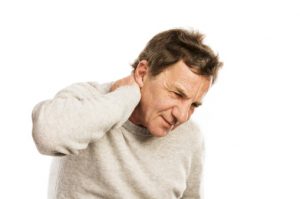
The NHIS is an annual study in which tens of thousands of Americans are interviewed from a health/illness perspective. In a subsection of the 2012 interview survey, 8,781 American adults were questioned about the frequency and intensity of the pain they experienced in the three months prior to the survey date.
The results of the analysis are published in The Journal of Pain. The broad overview is that most American adults have experienced some level of pain, be it brief, long-lasting, minor or severe. On further breakdown, the analysts gleaned that:
- Approximately 126 million adults (55.7 percent) reported some type of pain in the three months prior to the survey
- An estimated 25.3 million adults (11.2 percent) had pain every day for the preceding three months
- Close to 40 million adults (17.6 percent) experience severe pain
The study revealed associations between pain severity and age, gender, race and even language preference. Older people, women and non-Hispanics were more likely to report any pain, while Asians were less likely. Another interesting fact was that minorities who chose to be interviewed in a language other than English were less likely to report pain. The study also revealed that adults with severe pain are more likely to have a worse overall health status.
The most striking outcome from the analysis is the number of adults suffering from severe and long-lasting pain. Pain, in its different manifestations, is a big reason why Americans resort to complementary health approaches such as meditation, massage and yoga — which have been proven to manage pain and other symptoms that are not consistently addressed by prescription drugs and conventional treatments. That is why the NHIS includes the study of non-traditional approaches to find out their efficacy in treating pain.
According to Richard L. Nahin, Ph.D., M.P.H., the author of the analytic study and lead epidemiologist at NCCIH, “It’s not surprising that the data show varied responses to pain even in those with similar levels of pain. He feels that further study of the data may help pin-point subpopulations that could benefit from additional pain treatment options.”
The study will go a long way in adding weight to the National Center for Complementary and Integrative Health (NCCIH) whose mission is to define the usefulness and safety of non-traditional approaches and their roles in improving health and health care.
Sources:
http://www.nih.gov/news/health/aug2015/nccih-11.htm